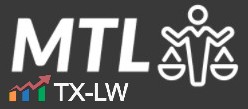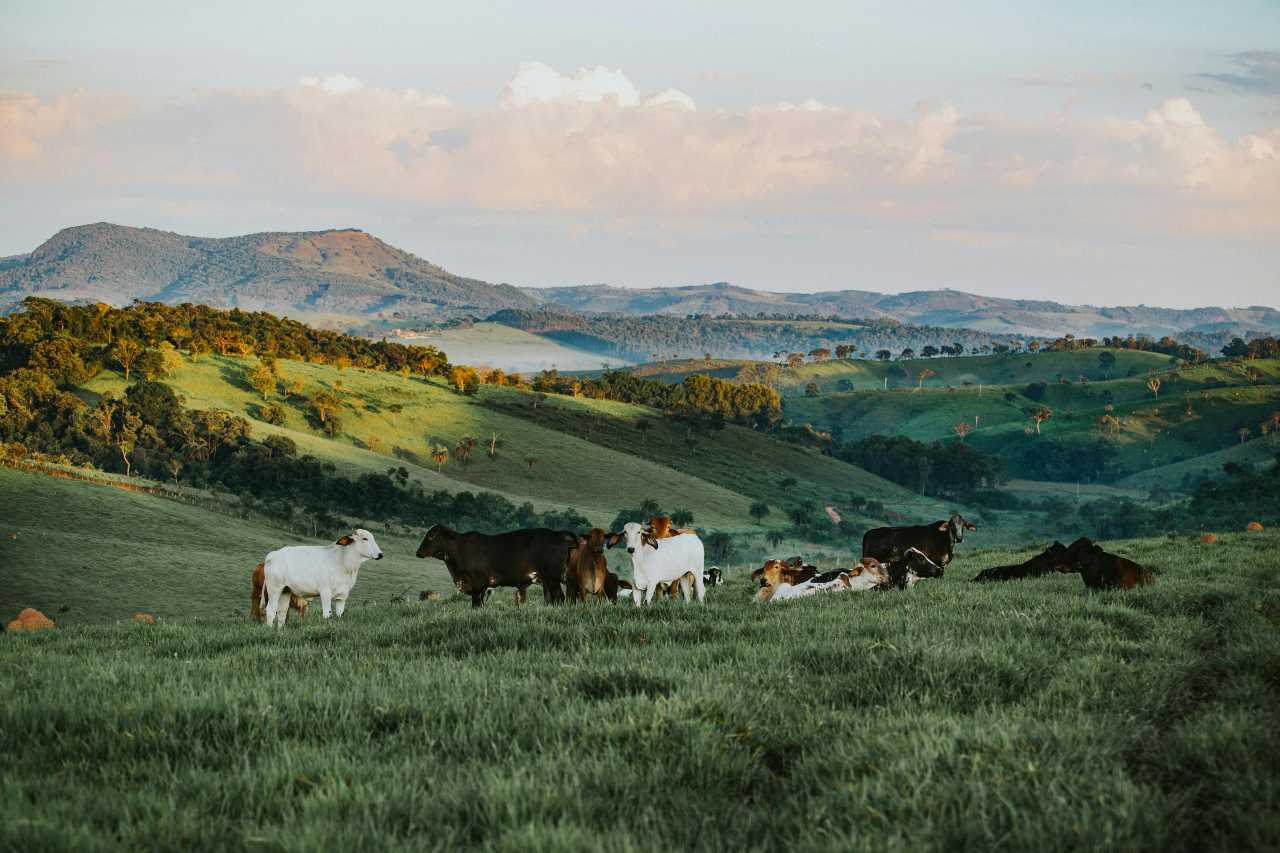Ranch operations often start with genuine business intentions. A successful business owner buys land. They get into cattle grazing areas or orchards. The owner hires experienced ranch hands and invests in equipment and facilities. The ranch may make money from livestock sales, hay production, or crop harvesting. The ranch would likely report losses for the first few years while operations scale up. And the rancher may expect the losses to be offset by the eventual sale of the property, which would likely have appreciated in value over time.
The tax issue comes up when the taxpayer tries to use the tax losses. Say, for example, when they use the losses to offset income from the owner’s profitable business ventures. Year after year, the ranch continues generating deductions that reduce taxable income from other sources. Building a profitable agricultural operation takes time. The IRS shows up eventually and questions whether the ranch operation represents a genuine business or an expensive hobby subsidized by tax deductions.
The court addressed this in Young v. Commissioner, T.C. Memo. 2025-95. The case involves an Oklahoma rancher who had a mix of pecan harvesting to horse activities, which offset income from her family business.
Contents
Facts & Procedural History
Janet had a finance background and oversaw accounting and human resources for a family airplane parts manufacturing business. In 2008, she and her husband Dale purchased Pecandarosa Ranch. She inherited the full interest in the property and the family business when Dale died in 2011.
Janet married Wesley in 2012. Wesley brought ranching experience to the marriage. He had spent approximately 15 years with an oil drilling company where he also harvested pecans and baled hay. He later worked at multiple Oklahoma ranches managing cattle operations and over 2,000 wild horses under a Bureau of Land Management contract. He had participated in team roping competitions for over 20 years.
Construction began on a 22,590-square-foot arena in 2012. Wesley resigned from his ranch job in December 2012 and began working full time at Pecandarosa Ranch in July 2013. His role involved physical labor including brush hogging, fixing fences, and servicing tractors.
During 2013 and 2014, the couple resided at Pecandarosa Ranch. Janet worked approximately 15 hours per week at the family business. Wesley took team roping lessons from world champion Speed Williams while working at the ranch. The ranch engaged in pecan farming, team roping, horse training and sales, hay production, cattle operations, and arena rental. A professional pecan harvester worked the grove through 2013 for 50 percent of the harvest. No harvest occurred in 2014 because the harvester withdrew late in the season. The couple could not find a replacement.
The 2013 Schedule F reported gross income of $11,677 and total expenses of $269,333. This produced a net loss of $257,656. The largest expense was $138,812 in depreciation, which included $87,018 of Section 179 expenses for machinery, equipment, and horses. The 2014 Schedule F reported gross income of $22,381 and total expenses of $328,274. This produced a net loss of $305,893. Depreciation totaled $192,064, which included $157,640 of Section 179 expenses. One Section 179 expense was $108,000 for a trailer.
The IRS conducted an audit and issued a Notice of Deficiency in November 2017. The notice determined income tax deficiencies of $109,432 for 2013 and $107,294 for 2014, which was primarily from disallowing the ranch losses from offsetting the family business income. The IRS also assessed accuracy-related penalties under Section 6662. The couple filed their petition with the U.S. Tax Court to dispute the IRS determination.
Section 183: The Hobby Loss Rule
We have addressed quite a few hobby loss cases on this website. Here is one about a hobby loss for a writer, a hobby loss for a motorcycle riding course business, and, somewhat related to this case, a hobby loss for a farmer. So we won’t go into the details of the hobby loss rules again as we are going to focus on the grouping rules.
Suffice it to say that Section 183 addresses activities not engaged in for profit. This limits deductions for these activities regardless of whether they would otherwise qualify as trade or business expenses under Section 162 or expenses for the production of income under Section 212. When Section 183(a) applies, no deduction attributable to the activity is allowed except as provided in Section 183(b).
Section 183(b) provides for two categories of deductions. First, deductions that would be allowable without regard to whether the activity was engaged in for profit remain deductible. These include mortgage interest on a personal residence and state property taxes. Second, deductions that would be allowable only if the activity were engaged in for profit may be claimed to the extent that gross income from the activity exceeds the first category of deductions.
The practical effect for ranchers is that a genuine ranch business loss flows through to offset other income on the tax return. A hobby loss under Section 183 provides minimal benefit because deductible expenses cannot exceed hobby income.
What Makes an Activity “Engaged in for Profit”?
For ranchers, the question is how do you tell if the activity is engaged in for profit. This means that the taxpayer entertained an actual and honest profit objective as the dominant or primary objective.
This standard can be hard for ranchers to meet if they genuinely enjoy ranch work. The enjoyment alone does not disqualify the activity. However, profit must be the primary driver.
The taxpayer’s expectation of profit must be in good faith. But it does not have to be reasonable. A rancher might genuinely believe that a particular cattle breeding program or crop operation will generate profits even if that belief later proves mistaken. Unreasonable optimism does not automatically trigger Section 183.
Determining profit motive requires examining all surrounding facts and circumstances. Courts give greater weight to objective facts than to a taxpayer’s statements of intent. What the rancher says about profit motive matters less than what the rancher actually does. Business planning, recordkeeping, operational changes, and financial analysis provide the real proof.
Treasury Regulation § 1.183-2(b) provides nine non-exclusive factors for evaluating profit motive. The nine factors examine: (1) the manner in which the taxpayer carries on the activity; (2) the expertise of the taxpayer or advisers; (3) the time and effort expended; (4) the expectation that assets may appreciate; (5) the success in similar activities; (6) the history of income or losses; (7) the amount of occasional profits; (8) the financial status of the taxpayer; and (9) elements of personal pleasure or recreation. No single factor is determinative. The analysis does not depend on counting factors. The courts weigh all factors together based on the particular facts.
Should Ranch Operations Be Treated as One Activity or Multiple Activities?
To apply the nine-factor analysis, one has to first identify the activity that it is applied to. This can be difficult for business activities like ranching, which can be a combination of several different activities.
For example, as in this case, a rancher might operate cattle, grow hay, harvest pecans, and offer hunting leases on the same property. Each activity could qualify a separate activity or they could be viewed as one activity if sufficiently interconnected.
As a practical matter, while not absolute, the IRS generally accepts the taxpayer’s characterization of undertakings as either a single activity or separate activities. The characterization is usually only challenged by the IRS on audit if it appears artificial and cannot be reasonably supported by the facts.
Activities can generally be grouped if they include some degree of organizational and economic interrelationship, there is some business purpose served by conducting them separately or together, and they are similar in some other way. There are other factors that are relevant too, such as whether activites occurred at the same place, whether they were part of efforts to generate revenue from land, whether one benefited from another, the degree to which they shared management, and whether the same accountant maintained records.
The grouping matters as it can result in business losses being allowable or disallowed as hobby. For tax planning, the most significant factor is often whether the grouping can be strategic to minimize losses for those activities that might not rise to the level of a business or that might make the other business activities look questionable.
This grouping can work against the taxpayer in some cases. For example, if one undertaking (such as cattle) is profitable standing alone, grouping it with unprofitable activities (such as horse shows) means the profitable piece cannot save the deductions. This is why grouping is so important.
In this case, the taxpayers engaged in pecan farming, team roping, horse training and sales, hay production, cattle operations, and arena rental at their ranch. The taxpayer treated these activities as a single ranch activity. The IRS and tax court accepted that grouping and, in applying the nine factors to the whole group, the tax court found that the activity was not for profit. Had the taxpayers segregated the activities, the outcome might have been different.
Should Landholding Be Grouped With Ranch Operations?
A separate but related grouping question arises when ranch operations occur on land that might appreciate in value. This can be important as ranchers may be able to pull out the cost of landlording, such as depreciation, and thereby avoid the hobby loss rules entirely. On the other hand, if a sale is likely in the near future, the rancher may want to group the activities to use the gain from the sale of the property to offset ranching losses.
Treasury Regulation § 1.183-1(d)(1) has a special rule for farming on land held primarily for appreciation. The rule says that farming and landholding should be considered a single activity only if the farming reduces the net cost of carrying the land for appreciation.
The rule applies only when the primary purpose for acquiring or holding land was to profit from appreciation. If that was the primary purpose, then farming and landholding are grouped as one activity only if farming income exceeds farming expenses other than those directly attributable to holding the land (such as mortgage interest, property taxes, and depreciation of improvements).
Many ranchers purchase land expecting it to appreciate while also running genuine ranch operations. The special rule does not apply to these situations. The rancher must have acquired or held the land primarily for appreciation. Running ranch operations must have been secondary to landholding.
In this case, the taxpayers and the IRS did not argue that profiting from land appreciation was the primary purpose for acquiring the ranch. Thus, the court did not apply this rule. Under the general rule, the court found that landholding was a separate activity from ranching. Several factors supported this conclusion. The property functioned as the couple’s residence. They eventually divided it into separate residential and business tracts. They attempted to sell the residential tract separately in 2023.
Ranchers should understand this distinction. If the primary purpose for buying land was to operate a cattle ranch or grow crops, then landholding and farming are not automatically grouped together. The land may constitute a separate activity. This grouping can allow or prevent the rancher from arguing that land appreciation will eventually offset ranch operating losses.
The Takeaway
Ranch operations that consistently generate losses while owners maintain profitable businesses elsewhere face real scrutiny from the IRS. The question isn’t whether ranching is hard work or whether losses are common in agriculture—it’s whether the operation is genuinely run to make money.
The grouping decisions matter as much as the operational facts. Treat pecan farming, cattle operations, and horse activities as one combined ranch business, and the IRS evaluates profit motive across everything together. Separate them, and each stands or falls on its own merits. The same goes for land appreciation—whether you group landholding with ranching operations can determine if appreciation offsets operating losses or exists as an entirely separate investment.
Ranchers need to think strategically about how they structure and report these activities from the start. Keep detailed business records, adjust operations when activities lose money, seek expert advice, and maintain clear documentation showing profit-seeking behavior. The nine-factor test looks at what you actually do, not what you say you intended. A ranch that operates like a business—with planning, adaptation, and genuine efforts toward profitability—stands a much better chance of surviving IRS challenge than one that simply absorbs losses year after year while the owner enjoys ranch life.
Watch Our Free On-Demand Webinar
In 40 minutes, we'll teach you how to survive an IRS audit.
We'll explain how the IRS conducts audits and how to manage and close the audit.


